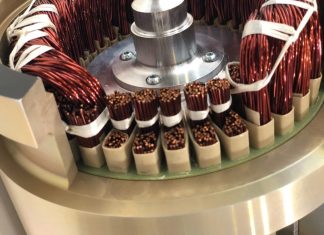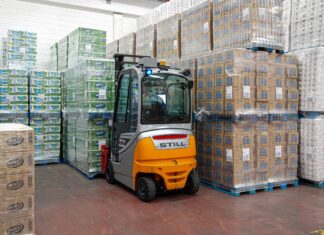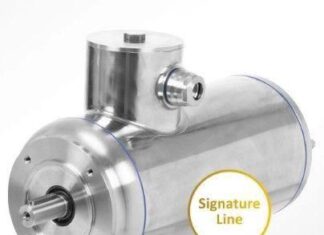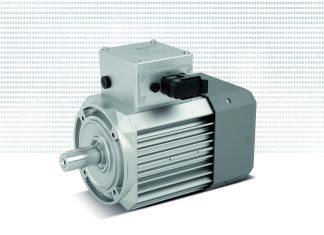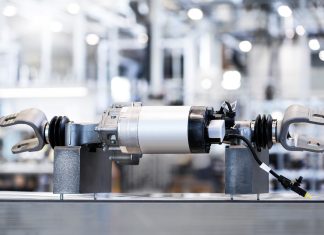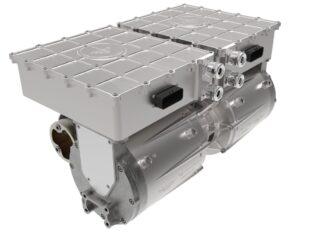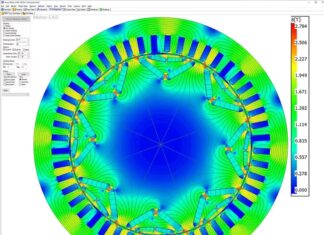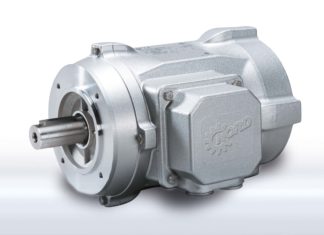Syensqo for the stator wave winding
A rising number of OEM and manufacturers is assessing various winding processes. Among them, there is the stator wave winding technology that allows manufacturing more compact, lighter and more performing electric motors....
Electrospindles and energy saving
The paradigm of energy efficiency increase, branded industry 4.0, is accomplished also through the definition of spindle solutions oriented to energy saving: new scenarios at the horizon for machine tool manufacturers, which behold opportunities...
Only electric forklift trucks in Sofidel Group factories from now onwards
With a record acceleration, a maximum travel speed of 21 km/h and further improved lifting speed and height, the new electric RX 60 25/35 forklift trucks by STILL combine the agility, the acceleration, the...
Making room for growth
Pioneer in the development of electric motors without permanent magnets, R13 Technology inaugurated new headquarters to achieve further growth targets.
The new headquarters of R13 Technology S.r.l., an Italian company...
Fiap presents new stainless-steel synchronous motors
Fiap Spa - Pneumax Group has released on the market two new modes of stainless-steel synchronous electric motors. “Dertec fo Fpm3ss series stand out for hygiene and efficiency and feature a new Signature Line...
IE5+ synchronous motors: more than just energy-efficient
IE5+ synchronous motors from NORD Drivesystems stand for the highest level of efficiency and operational reliability. They surpass the highest defined efficiency class and are characterised by their compact, hygienic design in...
Rear-wheel steering: a strong solution to meet the mobility requirements of the future
Another successful production launch for Schaeffler’s rear-wheel steering: Since the first quarter of 2025, the Schaeffler plant in Kysuce, Slovakia has been producing the mechatronic steering system for an international automaker from...
An high-power e-axles for electric sports cars and supercars
Equipmake, developer and manufacturer in the United Kingdom of electrification products for battery-powered electric vehicles’ transmissions, has recently presented a compact, light and high-power drive system for the manufacturers of high-performance electric vehicles.
Ampere-220 e-axle...
Ansys, the importance of tests for electric motors
«We rely so much on electric motors that we often notice them for the first time when they are broken: a problem that can be absolutely prevented, through the tests on electric motors», writes...
Smooth body motors in a new motor size
Nord Drivesystems offers a wide range of smooth surface motors for industries and applications with high hygiene standards. In order to fully support the requirements of lower power motors, the drive specialist has now...

